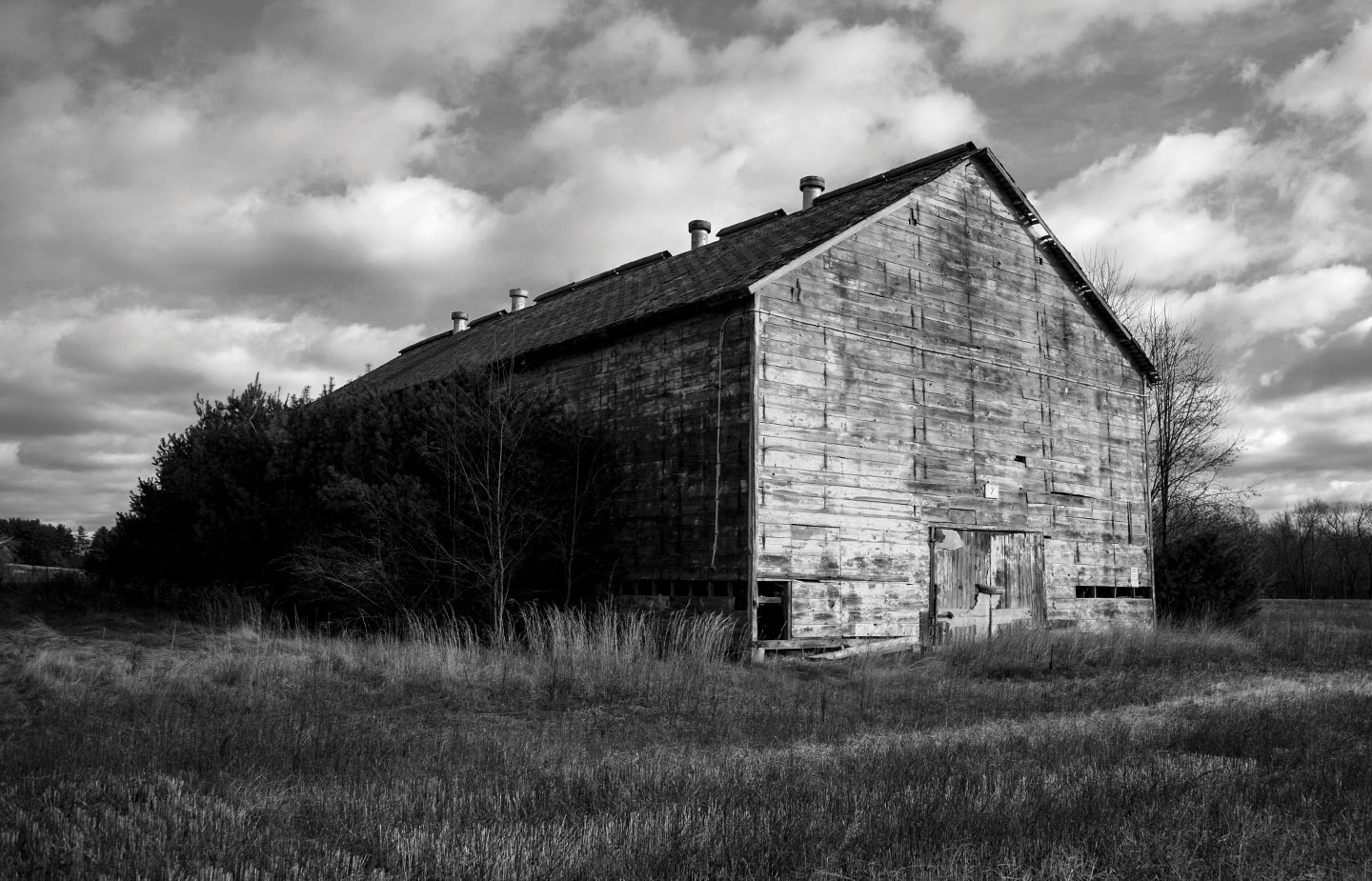MLK in Connecticut
Retracing the summers Martin Luther King Jr. spent in Simsbury.
Far off the highway, in sleepy, suburban Simsbury, Connecticut, sit 288 acres of unused and unassuming farmland of great—if little-known—historical importance. Here, about an hour’s drive from Conn’s campus, a 15-year-old Martin Luther King Jr. felt that “responsibility from which I could not escape,” a responsibility that would forever change the course of history.
On a frigid day in December, photographer Nefertari Pierre-Louis ’23 and I drove to this farmland, where in 1944 King was just one of hundreds of teenagers and young men who came from the South to work for the summer on one of Connecticut’s many tobacco farms.
We parked in a field near two of the last few remaining tobacco barns on the property. It was quiet, save for the occasional passing car and the crunch of the dead grass beneath our feet. In the extreme cold but brilliant winter sunshine, it felt almost surreal. Spiritual, even.
For it was on this forgotten farmland that the seeds of a great dream began to take root.
Having just completed his junior year in high school, King arrived in Simsbury to work on a farm owned by Cullman Brothers Inc. He was recruited along with other Southern high school and college students to help ease a labor shortage brought on by World War II.
He planned to send the money he earned home to his parents, and he wrote to them at least five times between June and August of 1944. In those letters, published in 1992 in volume one of The Papers of Martin Luther King, Jr., King discusses his application to, and later enrollment in, Morehouse College (King learned of his admission while on the farm), and he shares that he is serving as a religious leader for “107 boys,” hosting early Sunday-morning services in the boarding house.
The letters also detail other experiences that would prove transformative in the young King’s life.


